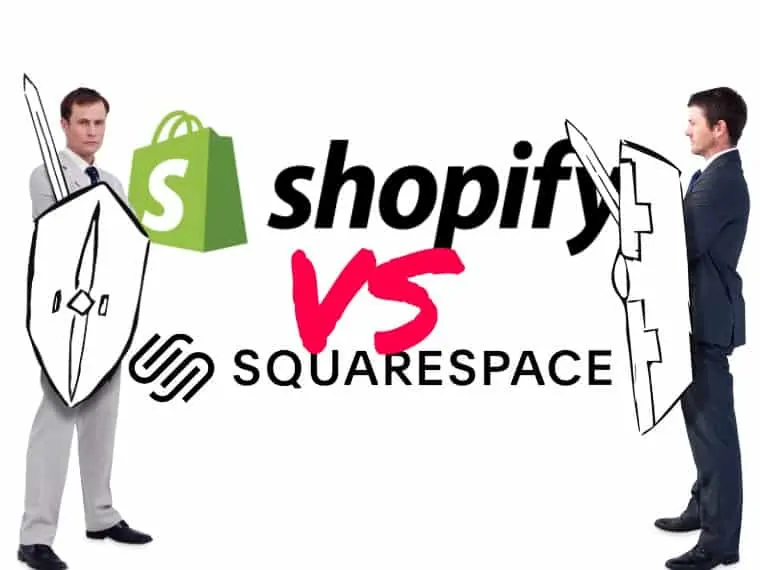SBO Team
Shopify is one of the most powerful eCommerce website builders in the industry. On the other hand, Squarespace is the king of design among website builders. This is an interesting matchup that won’t end with the overwhelming victory by one side.
Before giving you details about the two, I can tell you that in most cases it is easy to decide which of the two is a better option for a specific website. Anyone who wants to create a big eCommerce store should pick Shopify. On the other hand, if an online store isn’t the primary focus of a website, Squarespace is a better option. Deciding is Shopify or Squarespace better overall is where it gets hard.
Squarespace vs Shopify for eCommerce seems like a decision that is easy to reach. After all, Shopify is one of the most powerful eCommerce platforms. However, not all eCommerce websites have complex stores or require all the tools Shopify offers. Sometimes, a better design is more important than sophisticated eCommerce features, especially in creative industries.
There are many situations where Squarespace is better for eCommerce, but ultimately you will have to be the judge of which platform is better for your website. I will give you all the important details about both platforms, so after reading this article, it should be easier for you to make that decision.
Table of Contents
So which is better Squarespace or Shopify?
Squarespace is a better option for websites without stores and bloggers with small online stores. It has better features for design, so it is easier to create a good looking website with Squarespace. Shopify, however, has features that make it the undisputed king of eCommerce.
When deciding which one is better overall, I would choose Shopify. The simple reason is Shopify’s app store that makes it easy to add any feature that isn’t integrated into Shopify’s plans.
You might also like:
Squarespace vs Shopify for ecommerce comparison

Don’t forget to use the switch that toggles between our two competitors. Without further delay, let’s compare Shopify and Squarespace:

Our #1 Choice For Hosting Blogs
62% Off Exclusive Offer Applied at Checkout
Regularly
$6.95/mo
Starting From
$2.64/mo*
- Free 1 Year Domain Registration on Select Plans
- FREE SSL Certificate
- Drag-and-drop Website Builder
- E-commerce Ready
- 1-Click WordPress Installation

Squarespace and Shopify customer support
Shopify vs Squarespace conclusion
The winner is Shopify!
Squarespace is an excellent website builder with a strong emphasis on the visual appeal of websites. Shopify, on the other hand, is specialized in eCommerce. The choice between the two should be based on the type of website you are creating. Overall, Shopify wins because it has a huge app market that lets users add any tools that aren’t already integrated.
Shopify versus Squarespace final score
Shopify vs Squarespace FAQs
Can you use Shopify with Squarespace?
Does Squarespace use Shopify?
Is Shopify better than Squarespace?
Is Squarespace cheaper than Shopify?
Can I transfer my Squarespace domain to Shopify?


